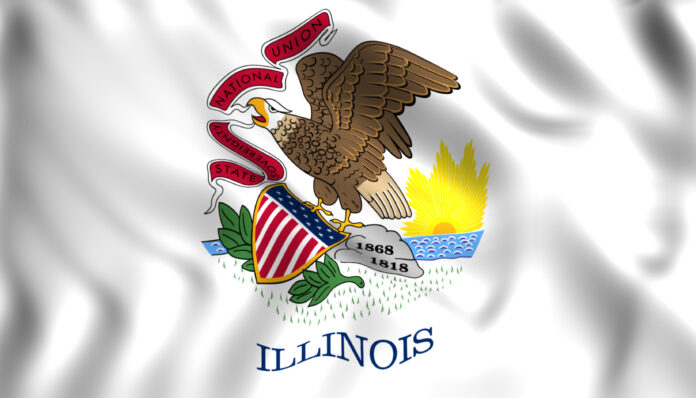With the September 1 implementation of a 15% tariff on products noted on List 4A, we would like to provide a general update on the current status of all Section 301 tariffs.
To this date, the United States Trade Representative (USTR) has released four lists of products imported from China that are subject or are proposed to be subject to an additional ad valorem tariff as part of the U.S. response to China’s unfair trade practice. instigated by the forced transfer of American technology and intellectual property.
On May 29, 2018, President Trump stated that USTR shall announce by June 15, 2018 the imposition of an additional duty of 25% on approximately $50 billion worth of Chinese imports containing industrially significant technologies, including those related to China’s “Made in China 2025” policy. The action came after an exhaustive Section 301 investigation in which USTR found that China’s acts, policies and practices related to technology transfer, intellectual property, and innovation are unreasonable, discriminatory, and a burden on U.S. commerce. On June 20, 2018, USTR provided notice seeking public comment on the tariff action in the form of two lists of product lines.
List 1: USTR first released a list of about $34 billion in Chinese imports, known as List 1, that are subject to a 25% tariff beginning July 6, 2018. It then released an opportunity for stakeholders to apply for exclusions from the tariff. Exclusions are retroactive to July 6 and are in effect from one year of when USTR announces the exclusion. These applications were due last fall and USTR is now working through over 11,000 applications for exclusion. It has released five lists of products excluded from the tariff and will release additional lists in the future.
Per a recent announcement from President Trump, these tariffs will increase from 25% to 30% on October 1
List 2: USTR then released a second list of $16 billion in Chinese imports, known as List 2, that are subject to a 25% tariff as of August 23, 2018. USTR released an exclusion process for this second list of products and it is currently reviewing the almost 3,000 applications submitted. The exclusion process for Lists 1 and 2 is identical. No exclusions have been granted yet for products on List 2.
Per a recent announcement from President Trump, these tariffs will increase from 25% to 30% on October 1.
List 3: On July 6, 2018, China responded to the initial action by imposing increased duties on goods of the U.S. In light of China’s response, in September 2018, USTR proposed a modification of the Section 301 investigation under Section 307 of the Trade Act. The modification was to take further action in the form of an additional 10% ad valorem tariff on products of China, known as List 3, with an annual trade value of approximately $200 billion. The tariff for products on List 3 were initially set by USTR at a rate of 10% and scheduled to increase to 25% on January 1, 2019. Unlike the products on Lists 1 and 2, USTR never provided an exclusion process for products on List 3. USTR stated an exclusion process would only be put in place if the tariff increased to 25%. The 25% increase action was then twice postponed in December and again in March.
On May 9, 2019, USTR officially notified the public of the increase in the tariff to 25% from 10% for products on List 3. This increase went into effect on May 10. As stated by USTR, List 3 goods exported before May 10 will remain subject to the 10% tariff if they enter the U.S. on or after May 10 and before June 15.
On June 21, 2019, USTR announced the exclusion process for products on List 3, which begins on June 30, 2019 and ends on September 30, 2019. USTR anticipates in the notice that they will receive 60,000 List 3 exclusion requests. Exclusions for products on List 3 will be effective as of September 24, 2018 and will extend for one year from the date USTR announces the exclusion.
Similar to Lists 1 and 2, USTR will evaluate three main factors to determine whether it will exclude a product on List 3 from the Section 301 tariff: whether you can source the product from anywhere outside of China, the economic harm on the requestor or others, and whether the product is part of China’s 2025 economic plan.
Per a recent announcement from President Trump, these tariffs will increase from 25% to 30% on October 1.
List 4: Lastly, USTR announced the next steps in the process of imposing an additional tariff of 10 percent on approximately $300 billion of Chinese imports. This ‘List 4’ was originally published on May 17, 2019, with public hearings concluding June 25, 2019.
Since President Trump’s August 1, 2019 tweet that the U.S. would finalize and impose a 10% tariff on List 4 to go into effect on September 1, a drastic policy shift occurred: some product lines were removed from the list and the list was split into two separate lists. List 4A still went into effect September 1, 2019 at the 10% rate. List 4B was delayed until December 15, 2019. Unlike the process utilized for List 3 when USTR imposed a 10 percent tariff and did not provide an exclusion process until the tariff was increased to 25 percent, Additionally, USTR announced it intends to conduct an exclusion process for these products subject to List 4’s 10 percent tariff.
List 4A tariffs at 15% went into effect on September 1.
List 4B tariffs are still scheduled to go into effect on December 15 at 15%.
Interested in the latest in Washington D.C. politics and government?
Sign up today!












